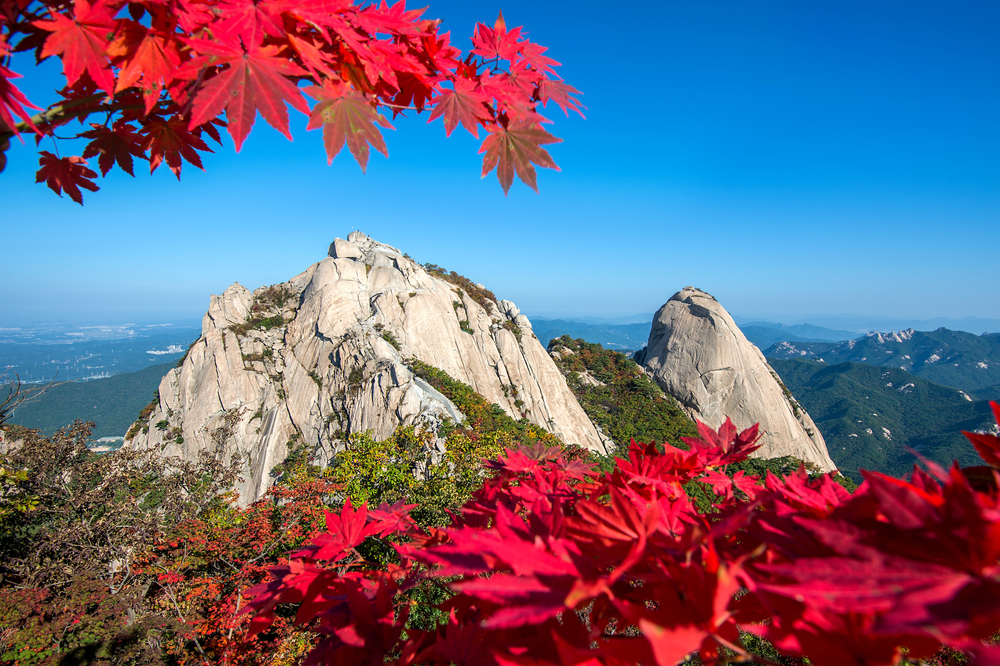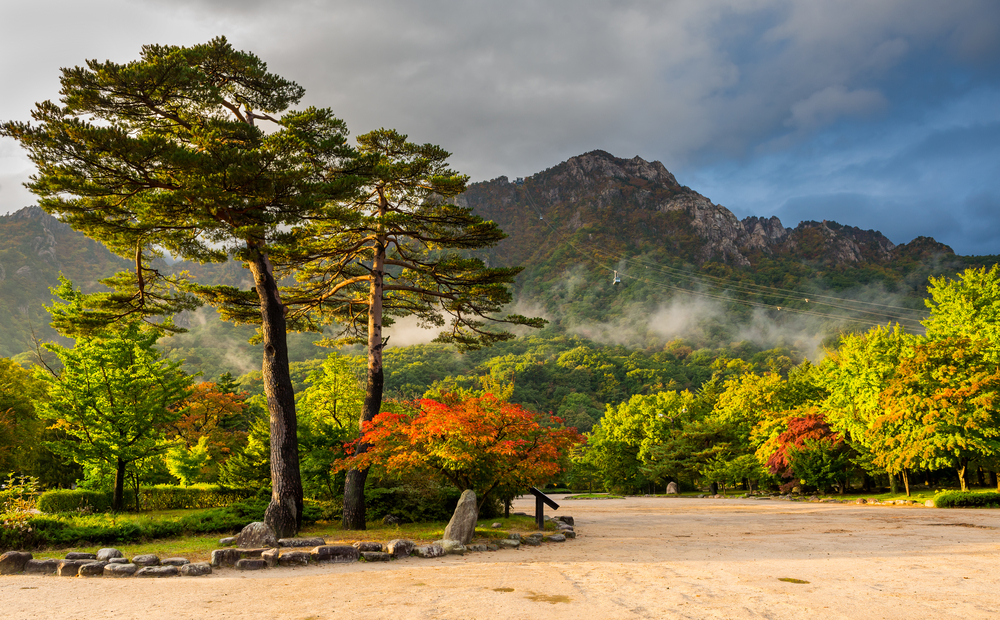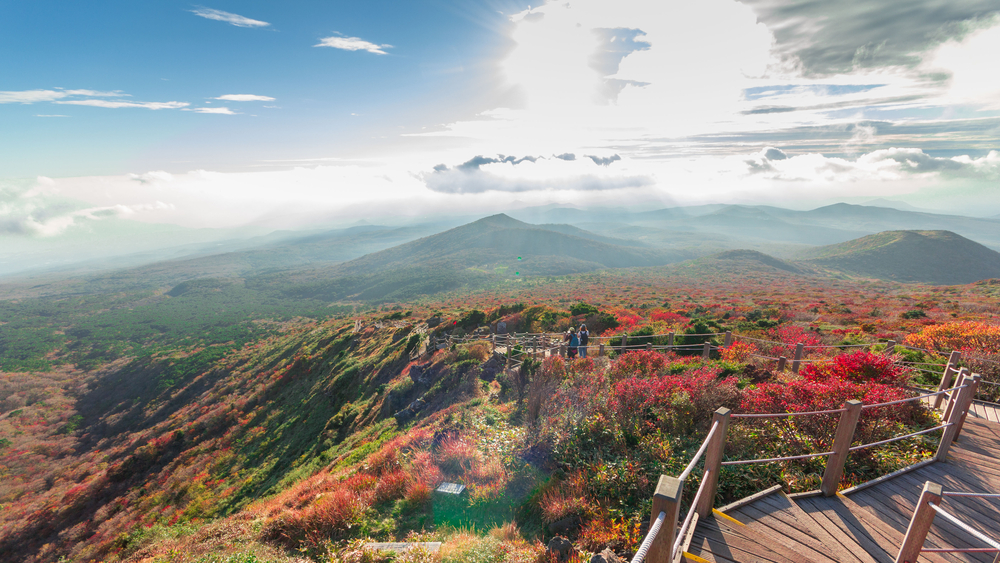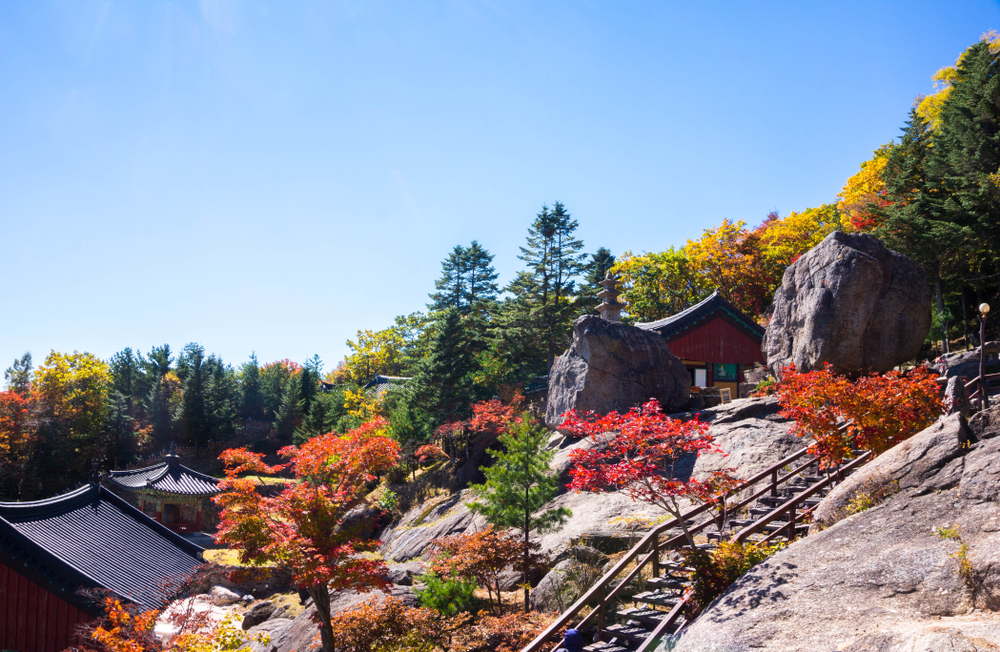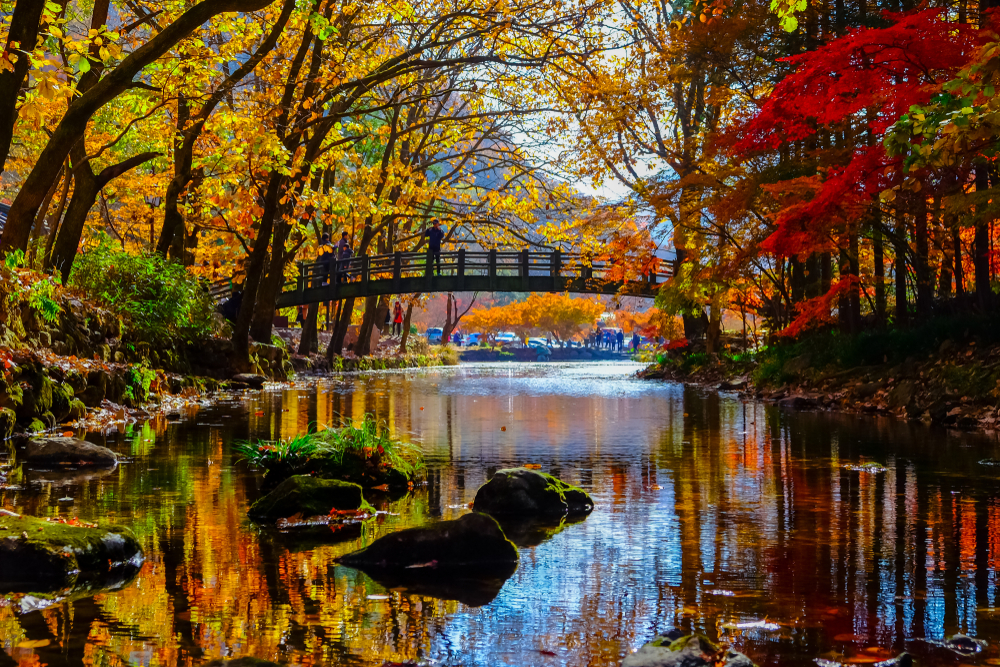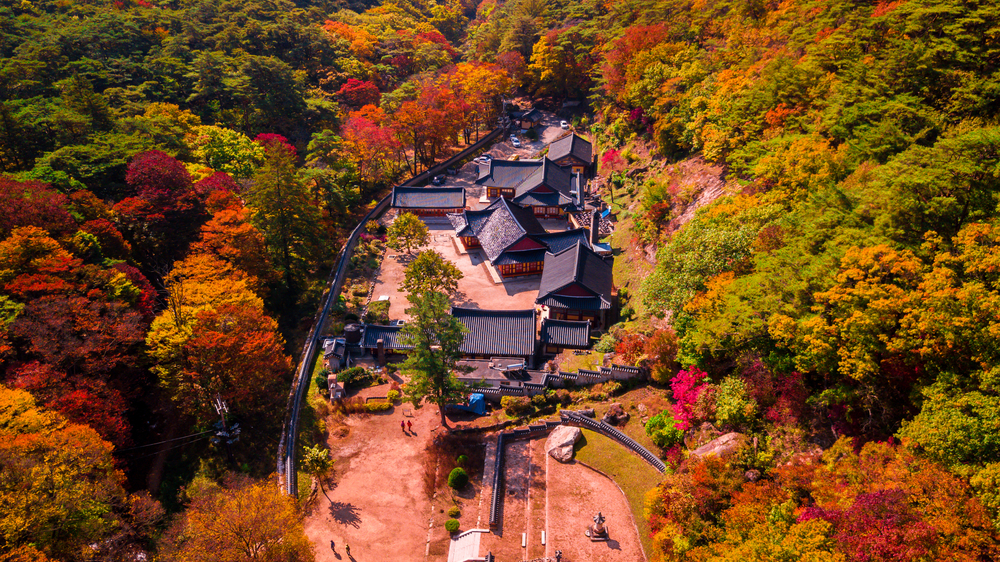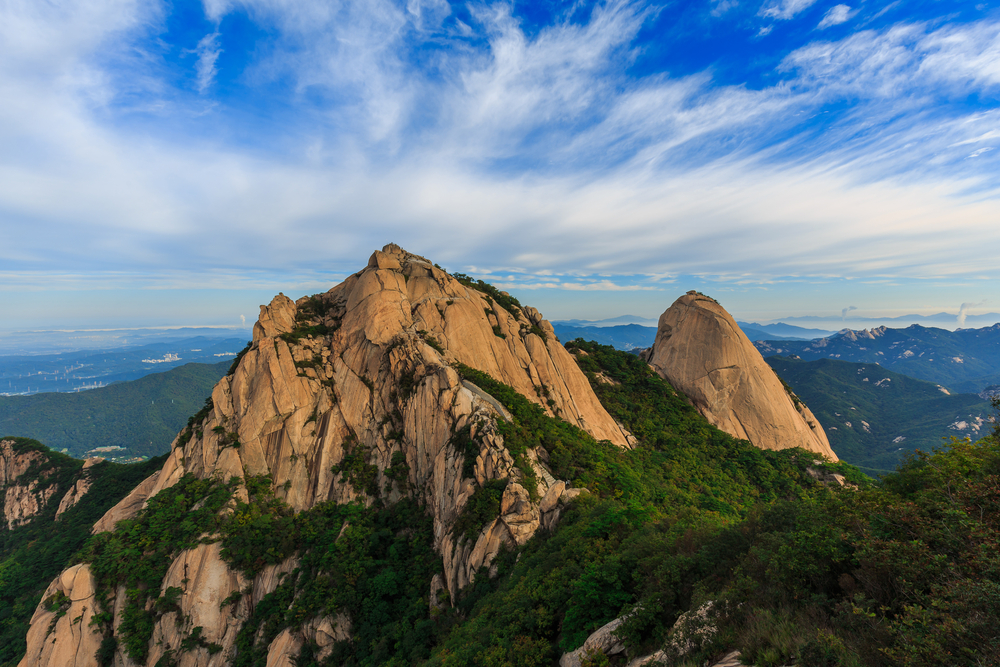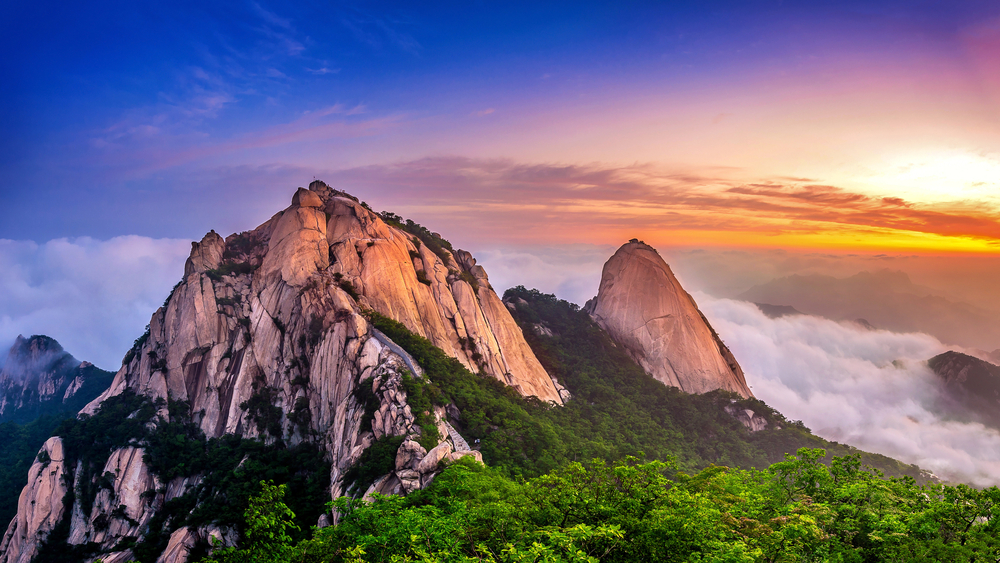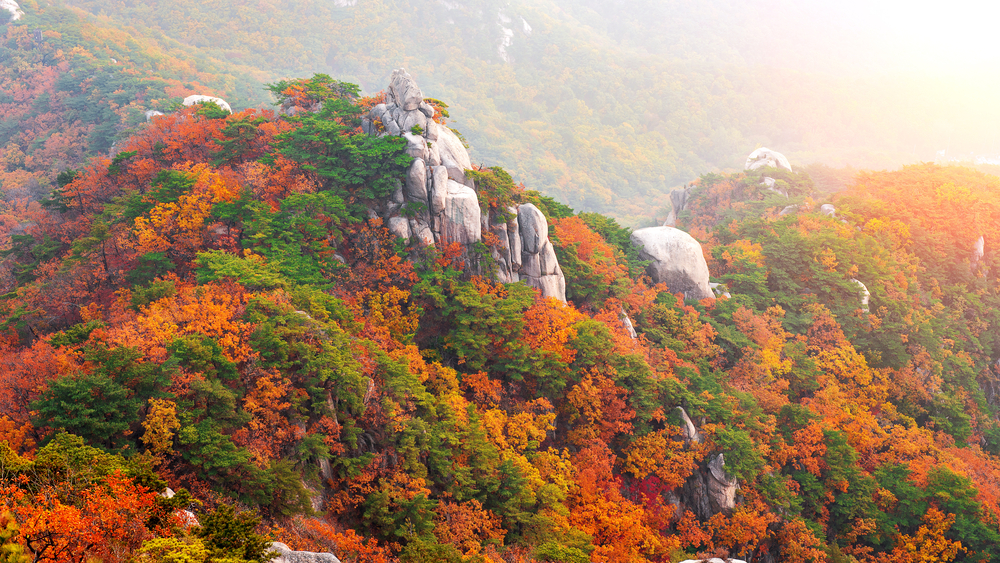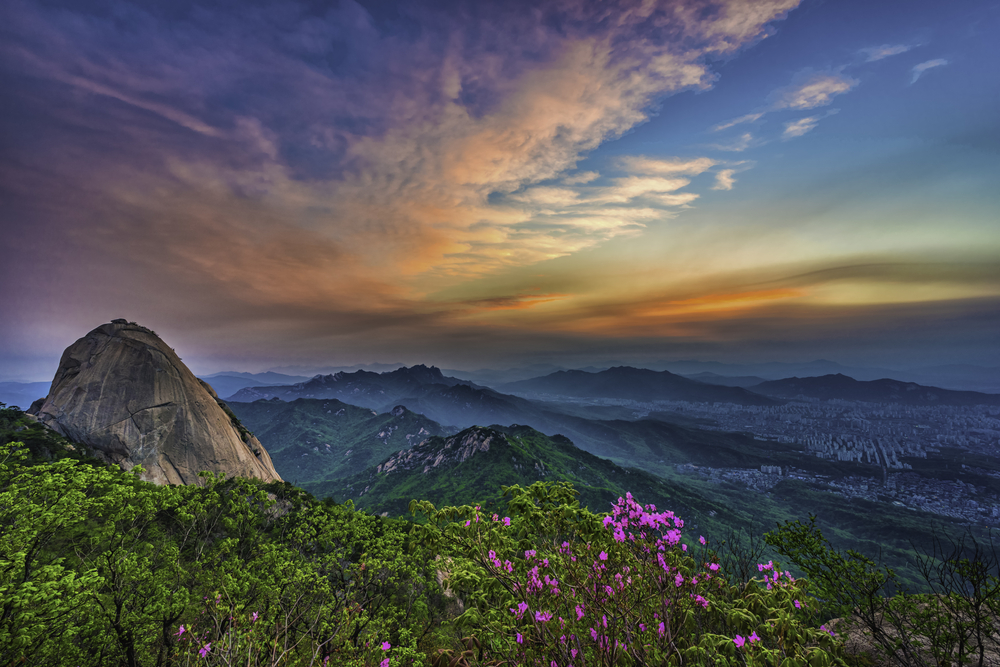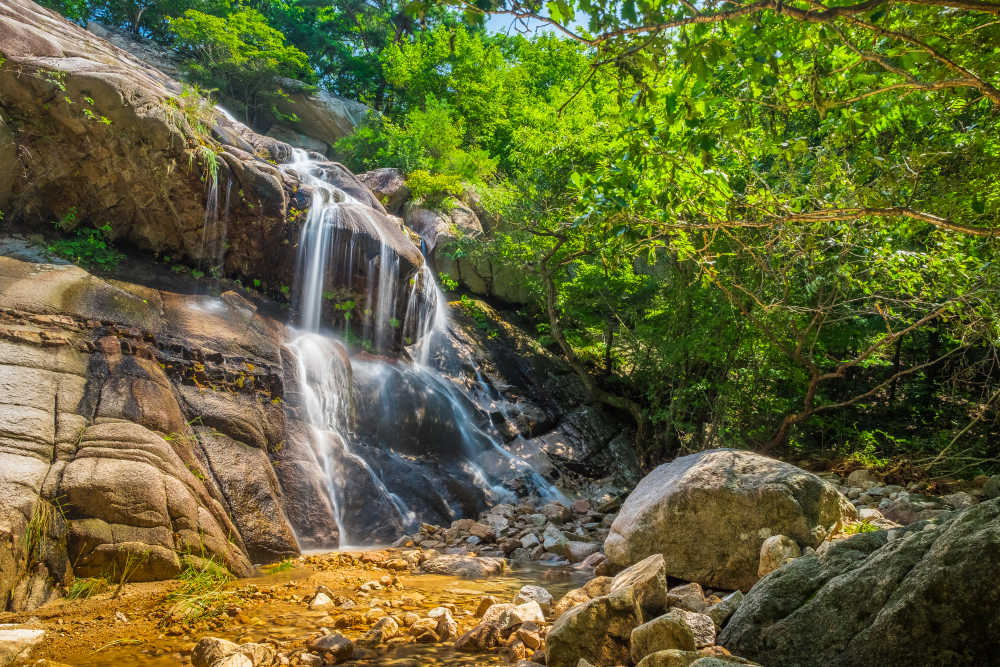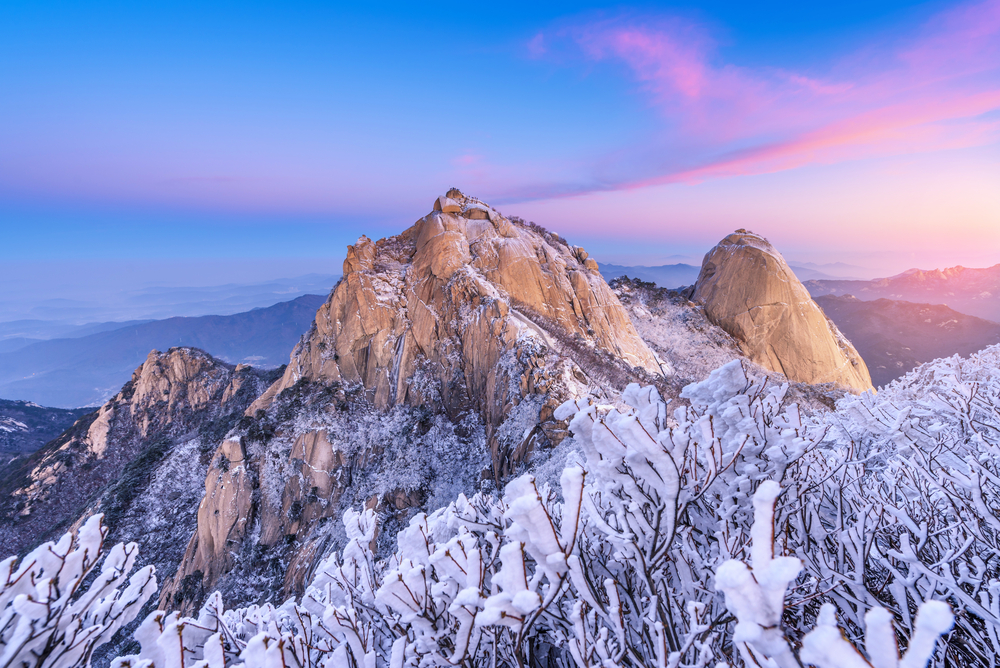Popular
Bukhansan National Park is not known for larger wildlife species, but it is still home to a diverse collection of animals. Among its notable inhabitants are mammals, reptiles, and amphibians, each contributing to its ecological richness.
Korean Water Deer: Known for its unique tusks and aquatic habits, the Korean water deer frequents rivers and marshy areas within the park. Despite its name, it is more closely related to muntjacs than true deer.
Korean Goral: These agile ungulates navigate the park’s rocky slopes with ease, grazing on grasses, leaves, and shrubs. Their impressive climbing abilities enable them to access otherwise inaccessible terrain.
Mandarin Rat Snake: This non-venomous snake species is endemic to East Asia, including Bukhansan. With its vibrant coloration and slender physique, it is a fascinating sight for reptile enthusiasts.
Korean Pond Frog: Found in the park’s wetlands and water bodies, the Korean pond frog is known for its distinctive call during the breeding season. Its presence indicates the health of freshwater ecosystems within the park.
Korean Long-tailed Salamander: This amphibian species inhabits streams and forested areas, where it feeds on insects and small invertebrates. Its elongated body and vibrant coloration make it a unique addition to the park’s biodiversity.
Korean Field Mouse: As a common small mammal species in Bukhansan, the Korean field mouse plays a vital role in seed dispersal and ecosystem dynamics.
Korean Striped Racer: This non-venomous snake species is known for its impressive speed and agility. It preys on small rodents and insects, contributing to the park’s pest control efforts.
Korean Five-lined Skink: These lizards are commonly found basking in the sun on rocks and tree trunks. With their striking blue tails and intricate patterns, they are a favorite among reptile enthusiasts.
Korean Fire-bellied Newt: This colorful amphibian species inhabits ponds and wetlands, where it displays its vibrant orange and black markings as a warning to predators.
Korean Yellow-bellied Toad: With its distinctive yellow underbelly and bumpy skin, the Korean yellow-bellied toad is a fascinating amphibian species found in Bukhansan National Park.








































































